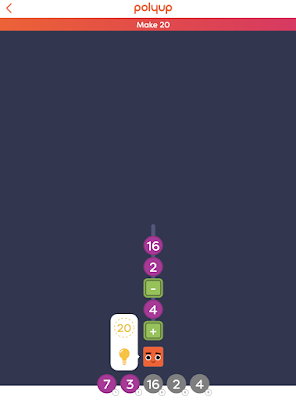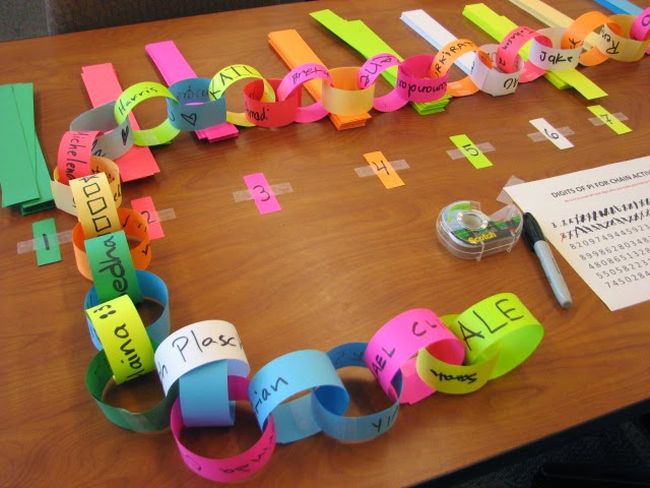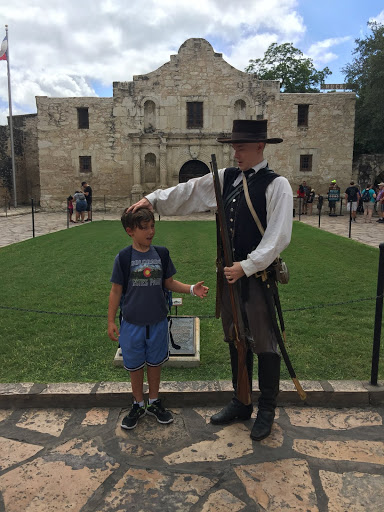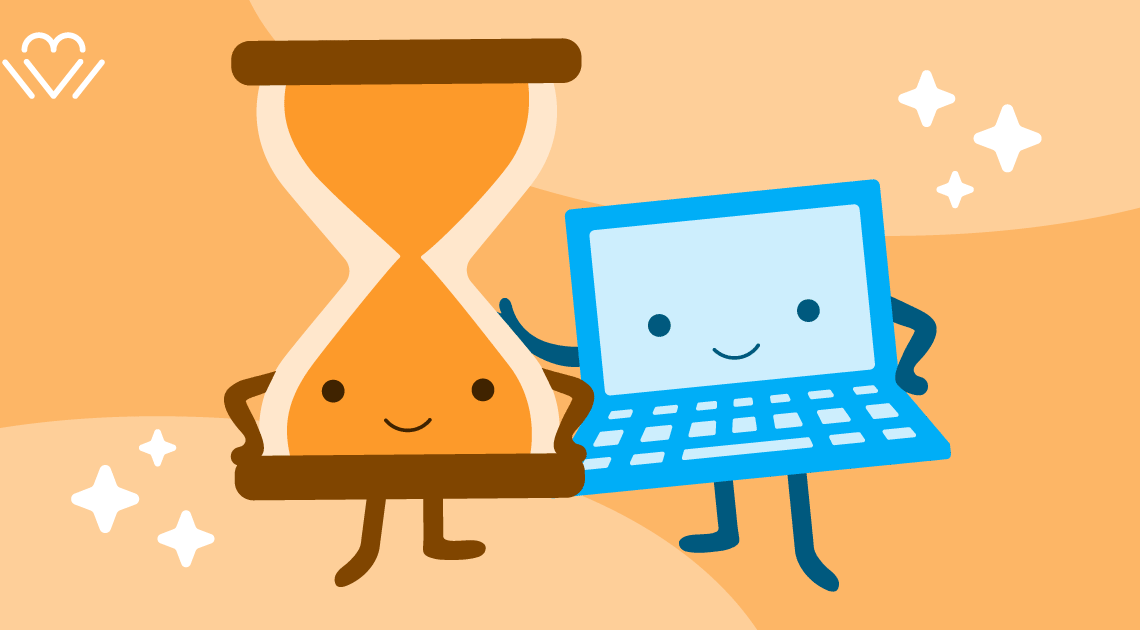
More Than An Hour of Code
Ask the average 8 year old boy what he wants to be when he grows up and you will probably hear “make video games”. Boys and girls love video games because it gives them an opportunity to use their logic and reasoning skills in the context of a virtually crafted world that includes tools to build and create.
 The idea of having “video game” time in any classroom would probably raise some eyebrows by parents and teachers alike. But we know that creating an engaging learning environment means tapping into students interests so why not use the concept of video games to get students to read, write, problem solve and activate higher order thinking skills.
The idea of having “video game” time in any classroom would probably raise some eyebrows by parents and teachers alike. But we know that creating an engaging learning environment means tapping into students interests so why not use the concept of video games to get students to read, write, problem solve and activate higher order thinking skills.
So that is exactly what I did, I finally took the plunge this week and let my kiddos engage in an “Hour of Code”. My oldest son is 8 years old and in the second grade, while baby brother is in kindergarten and aspires to do whatever his brother sets out to master.
As an elementary teacher I could easily see the connection to mathematics, reading and 21 Century Skills. My son had to read the directions to figure out what to do, he had to watch the video to see a visual demonstration of the process (multiple representations), and then he had to try his code out to see if the program worked. All along the way he was thinking like a scientist while he looked for patterns and worked to design a solution to the problem context. 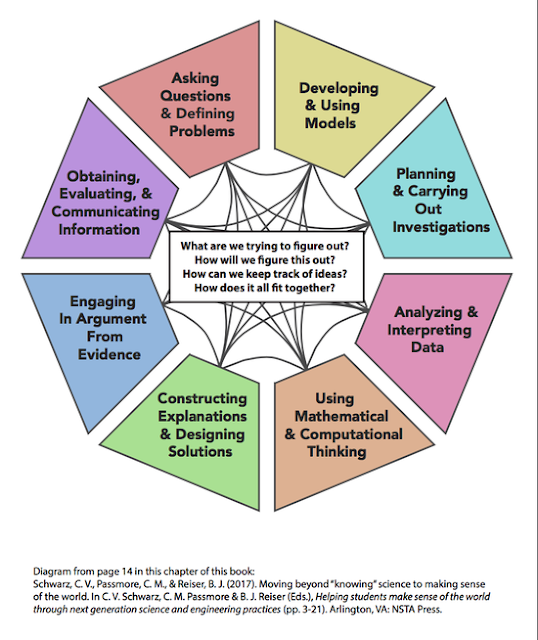
When the line of code he wrote was not successful at achieving the task, he went back and tried again. The Mathematics Practice Standard “Make Sense of Problems and Persevere in Solving Them” was so evident in his thinking process. The deeper he went in the coding process the more evidence of higher level mathematics. He could use the “repeat loop” to write a line of code where a process is completed at a faster rate just like multiplication. Then during more complex tasks he was introduced to the “If___Then____” statement which are conditional statements in math. I was so jazzed to see the higher mathematics application being introduced to kids at a much younger age and they are motivated to do it because it is in the context of gaming.
The first few tasks my kindergartener completed required him to count the number of blocks and write a line of code that would get Steve a character in Minecraft to shear a sheep. Oh yes the coding was about video games and they also have a Star Wars and Frozen version.
My eight year old son was so in the flow he promised me that he would write a blog post about his experience coding if I let him finish his task.
As a teacher I am all about creating an interdisciplinary lesson that includes not just math and reading but also writing so feel free to check out my son’s blog about what he learned from an hour of code.
Braeden’s Blog: The Code of Mindcraft
If your looking to bridge coding skills with mathematics fluency consider having your students play an online Game Polyup. This game combines computer science with computation. Provide your students with a recording sheet to check their understanding and transfer the skill of symbolic notation for writing an equation.
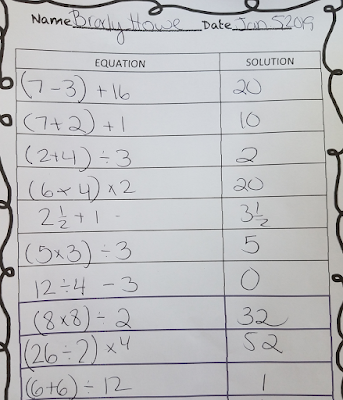 |
| Recording Sheet |
Please share your experiences on how you can or have used coding in the classroom? Join our Facebook Group to be part of the digital discussion!
See Dr. Dickenson review the cool new game Polyup

